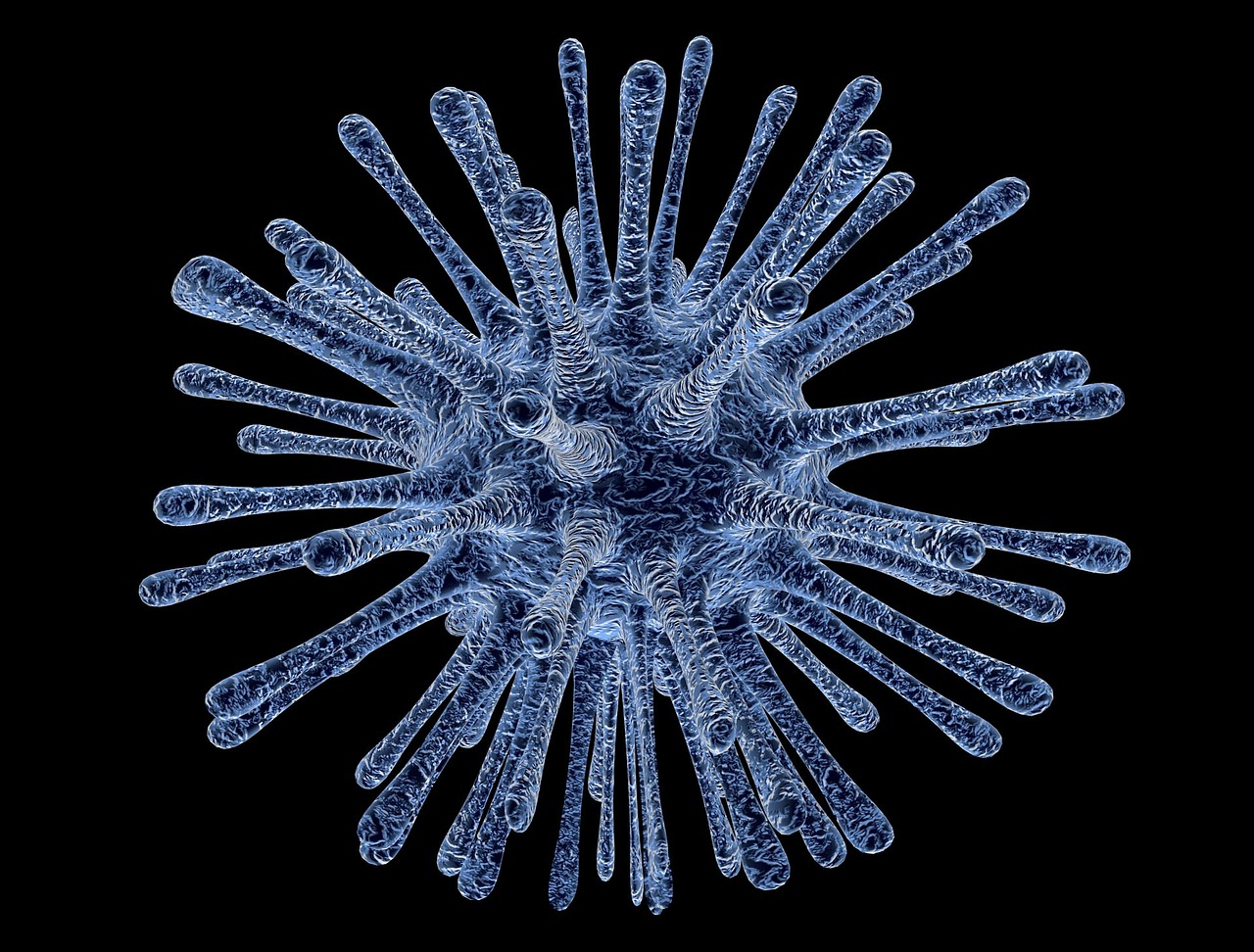At present, the world faces not only the COVID-19 pandemic but also the emergence of another infectious disease, the Marburg virus. First identified in 1967, Marburg virus disease (MVD) belongs to the same family as the Ebola virus, and can cause severe illness with high mortality rates. Given the recent cases of MVD in West Africa and the potential for international spread, it is essential to learn more about the virus, its transmission, and the measures to prevent its spread.
Table of Contents
ToggleWhat is the Marburg virus?
The Marburg virus is a filovirus that causes severe hemorrhagic fever in humans and nonhuman primates. The virus is named after the city of Marburg in Germany, where the first recognized outbreak occurred among laboratory workers exposed to infected African green monkeys imported from Uganda. Since then, sporadic cases and outbreaks of MVD have been reported in various African countries, such as Angola, Democratic Republic of the Congo, Kenya, South Africa, and Uganda. The natural reservoir of the virus is still unknown, but it is believed to be a fruit bat or a similar species.
How is the Marburg virus transmitted?
The Marburg virus can be transmitted from animals to humans, from humans to humans, and from infected materials to humans. The most common way of transmission is through direct contact with bodily fluids, such as blood, vomit, feces, urine, sweat, saliva, or semen, of infected individuals. The virus can also be spread through the use of contaminated needles, medical equipment, or other objects that have been in contact with infected fluids. In addition, the virus can be transmitted through close contact with infected animals, such as bats, monkeys, or rodents, or their tissues or fluids, especially during hunting or butchering. The virus can survive in the environment for several days and can be infectious on surfaces, such as clothes, bedding, or furniture, that have been contaminated with infected fluids.
Can the Marburg virus be transmitted from human to human?
Yes, the Marburg virus can be transmitted from human to human through close contact with infected individuals or their fluids. The virus can enter the body through the mucous membranes, such as the eyes, nose, or mouth, or through open wounds or cuts on the skin. The virus can also be spread through aerosols, such as coughs or sneezes, that contain infected droplets. The risk of transmission is higher in healthcare settings, such as hospitals or clinics, where the virus can spread rapidly among patients, caregivers, or visitors. However, the risk of transmission in the general population is relatively low, as MVD is not highly contagious and requires direct contact with infected fluids.
What are the symptoms of Marburg virus disease?
The symptoms of MVD usually appear within 5 to 10 days after infection and include fever, headache, muscle aches, weakness, fatigue, and abdominal pain. Later symptoms include nausea, vomiting, diarrhea, chest pain, cough, and bleeding from various organs, such as the eyes, nose, mouth, or rectum. The disease can progress rapidly and lead to shock, multi-organ failure, and death within 7 to 10 days. The mortality rate of MVD varies between 23% and 90%, depending on the outbreak and the healthcare conditions.
How to prevent Marburg virus transmission?
The prevention of Marburg virus transmission requires a combination of personal, community, and healthcare measures. The following are some of the recommended measures:
- Avoid contact with bats, monkeys, or other wild animals, especially during hunting or butchering.
- Wash hands frequently with soap and water, especially after handling animals or their products, or caring for sick people.
- Use personal protective equipment, such as gloves, masks, and gowns, when in contact with infected individuals or their fluids.
- Practice safe burial procedures, such as avoiding direct contact with the body, and disinfecting the environment.
- Strengthen healthcare systems, such as improving infection control measures, training healthcare workers, and providing adequate supplies and equipment.
- Conduct surveillance and outbreak response, such as identifying cases, tracing contacts, isolating and treating patients, and mobilizing public health resources.
Conclusion
In conclusion, the Marburg virus is a dangerous infectious disease that can cause severe illness and death. While the transmission of the virus from human to human is possible, the risk of transmission in the general population is relatively low. To prevent the spread of the virus, it is important to follow the recommended measures, such as avoiding contact with wild animals, washing hands frequently, and using personal protective equipment. By raising awareness and implementing effective prevention and control measures, we can reduce the impact of the Marburg virus on public health and global security.







